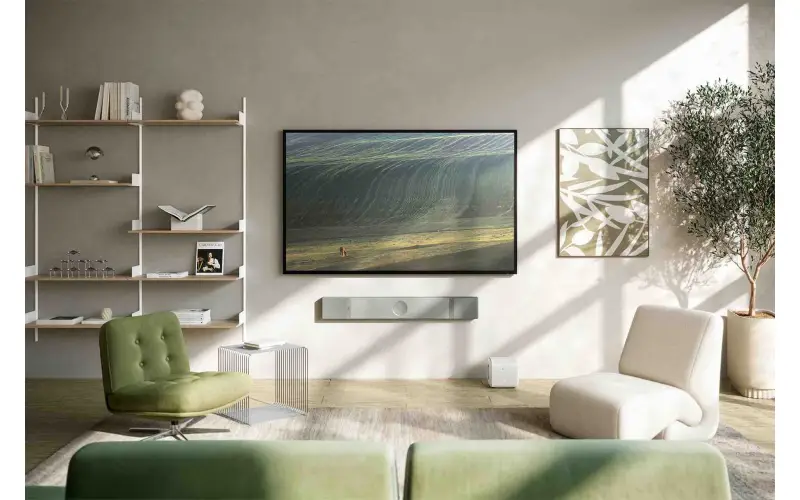By: Dipin Sehdev
Buying a new TV is exciting — especially with today’s models pushing screen sizes past 85 inches and delivering jaw-dropping 4K or 8K visuals. But with great screen size comes great responsibility… in this case, the responsibility of getting your TV home in one piece.
One of the most common mistakes people make? Laying the TV flat during transport. While it might seem harmless, this is one of the quickest ways to risk damage before you even enjoy your first movie night.
Here’s why — and the top 5 best practices for getting your new TV from the store to your living room safely.
Why You Should Never Lay a TV Flat
Modern TVs use ultra-thin glass panels and lightweight frames. When you lay a TV flat, the weight of the panel isn’t evenly supported, which can cause subtle warping. That warping may lead to micro-fractures in the glass or stress on internal components. Even if the screen looks fine at first, the damage can show up later as dead pixels, light bleed, or even full panel failure.
Top 5 TV Transport Tips
1. Always Transport Upright
Keep your TV standing vertically, just like it would be on a stand. Most manufacturers design packaging with foam supports to keep the panel safe in this orientation. If possible, secure it in the vehicle so it can’t slide or tip over.
2. Use the Original Box and Packing Materials
That custom-shaped foam and snug-fitting box aren’t just for show — they absorb vibrations and protect the screen from pressure points. If the store offers a “boxed” delivery option, take it. For returns or future moves, keep the packaging in good condition.
3. Secure the TV With Straps
If transporting in a truck or SUV, use ratchet straps or bungee cords to keep the TV upright against a wall or seat back. Loose TVs can shift during turns or sudden stops, leading to cracked panels or bent frames.
4. Avoid Extreme Temperatures
Electronics don’t like being stored in hot or freezing conditions. Avoid leaving your TV in a cold garage, unheated truck bed, or hot car for long periods — temperature swings can cause condensation inside the panel and damage sensitive circuitry.
5. Plan Your Path Before Unloading
Before you lift a finger, know exactly where you’re going. Clear hallways, move furniture, and make sure you have enough people to help carry it. Large TVs are awkward to handle, and trying to navigate tight spaces while holding a heavy box is a recipe for accidents.
Pro Tip:
Before you remove your TV completely from the box, plug it in and test it. This way, you’ll know immediately if the screen is cracked or there’s a defect — without going through the hassle of mounting it to a wall or setting it up. Nothing kills the excitement of a new TV faster than discovering a hidden issue after installation.
Conclusion
Transporting a TV the right way isn’t just about convenience — it’s about protecting your investment. Modern televisions are lighter, thinner, and more fragile than ever, and improper handling can turn your new home theater centerpiece into an expensive repair job. By keeping your TV upright, using proper packaging, securing it in transit, avoiding extreme conditions, and planning your move carefully, you’ll ensure your screen arrives in perfect condition and ready to wow.





